I am working with a few legacy tables that have relationships, but those relationships haven't been explicitly set as primary/foreign keys. I created a .dbml file using "Linq To Sql Classes" and established the proper Case.CaseID = CaseInfo.CaseID association. My resulting class is CasesDataContext.
My Tables (One to many):
Case
------------------
CaseID (int not null)
MetaColumn1 (varchar)
MetaColumn2 (varchar)
MetaColumn3 (varchar)
...
CaseInfo
------------------
CaseInfoID (int)
CaseID (int nulls allowed)
CaseInfoMeta (varchar)
...
I'm new to LinqToSQL and am having trouble doing..
CasesDataContext db = new CasesDataContext();
var Cases = from c in db.Cases
where c.CaseInfo.CaseInfoMeta == "some value"
select c;
(Edit) My problem being that CaseInfo or CaseInfos is not available as a member of Cases.
I heard from a colleague that I might try ADO.Net Entity Data Model to create my Data Context class, but haven't tried that yet and wanted to see if I'd be wasting my time or should I go another route. Any tips, links, help would be most appreciated.
